Last updated 5/2021
MP4 | Video: h264, 1280×720 | Audio: AAC, 44.1 KHz
Language: English | Size: 1.54 GB | Duration: 1h 10m
Effectively using cupping therapy to heal pain disorders, mechanism of action etc.
What you’ll learn
Description of cupping therapy
Mechanism of action
Classification of cupping therapy
Common clinical indications for cupping therapy
Contraindications
Infection control measures
Physiological effect of cupping
Benefits of cupping therapy
Complications of cupping
Requirements
No requirement
Description
Cupping therapy is one of the oldest methods of complimentary therapies which has being used in early human civilization. Evidence shows that it was first practiced by the Ancient Egyptians more than 5500 years ago and then it was introduced to the Greek, the Romans, and the rest of the world. The main postulated aims of this therapy is the extraction of harmful substances or toxins from the body by creating negative pressure in a cup. Cupping was described by Razi as a process in which blood from superficial small vessels located in muscles is release. It has being traditionally used for the treatment of painful conditions but has also been used to treat chronic diseases such as cardiovascular disorders, skin diseases, inflammatory disorders, and metabolic diseases.Cupping therapy is done by applying small round cups which are made of glass, bamboo, ceramic or plastic to the area of pain. The cup has a rolled rim to ensure tight contact with skin to preserve the negative pressure created. The mouth of the cup is placed firmly over the preferred location against the skin. The negative pressure fixes the cup onto the skin and creates suction effect which pulls the skin upwards into the cup. Sometimes the therapist uses lubricants to facilitate the movement of the cups to cover a wider area. The common application sites are the back, chest, abdomen, buttock, and areas of abundant muscle.
Overview
Section 1: Introduction
Lecture 1 Introduction
Lecture 2 Introduction to cupping therapy
Lecture 3 Description of cupping therapy
Section 2: Mechanism Of Action
Lecture 4 Pain – gate theory
Lecture 5 Conditioned pain modulation
Lecture 6 Reflex zone theory
Section 3: Classification Of Cupping Therapy ( Techniques)
Lecture 7 Dry cupping
Lecture 8 Flash cupping
Lecture 9 Wet cupping
Lecture 10 Massage cupping
Lecture 11 Light cupping pressure / Medium cupping pressure
Lecture 12 Strong cupping pressure/ Pulsatile cupping
Lecture 13 Fire cupping
Lecture 14 Manuel vacuum cupping / Electrical vacuum cupping
Lecture 15 Needle cupping / Hot cupping
Lecture 16 Herbal cupping / Laser cupping
Lecture 17 Water cupping / Aquatic cupping
Section 4: Common Clinical Indications For Cupping Therapy
Lecture 18 low back pain
Lecture 19 Neck pain
Lecture 20 Arthritis
Lecture 21 Post – herpetic neuralgia
Lecture 22 Carpel tunnel syndrome
Lecture 23 Fibromyalgia
Section 5: Cupping Therapy Pointers
Lecture 24 Contraindications
Lecture 25 Infection control measures
Lecture 26 Complications of cupping
Lecture 27 Future directions
Section 6: Cupping Therapy Reflectors
Lecture 28 Benefits of cupping therapy
Lecture 29 Cupping overview
Section 7: What Are The Physiological effects of cupping
Lecture 30 Physiological effect of cupping
everybody, therapist, practitioners, healers, physiotherapy departments, patients, doctors, nurses, treatment centers, people with pain, health workers etc.
HOMEPAGE
https://anonymz.com/?https://www.udemy.com/course/modern-cupping-therapy/
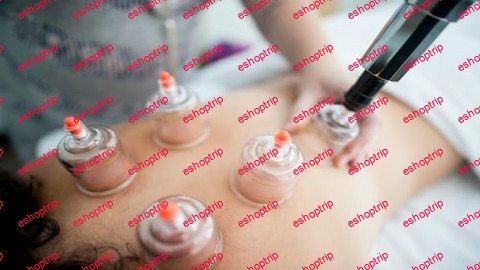
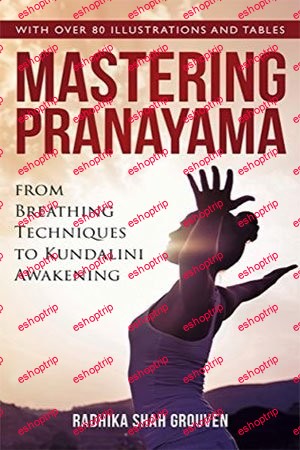



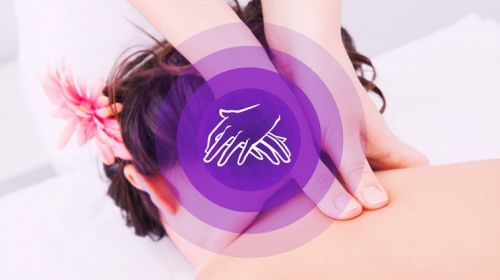
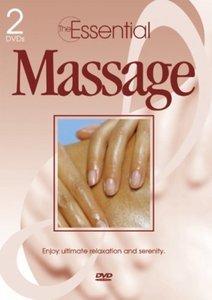
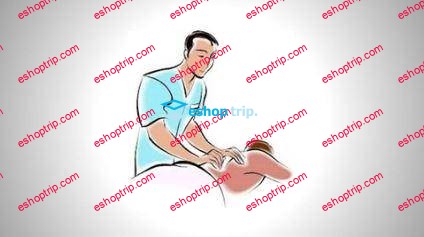

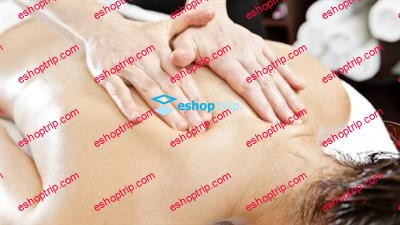
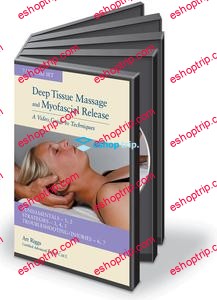
Reviews
There are no reviews yet.